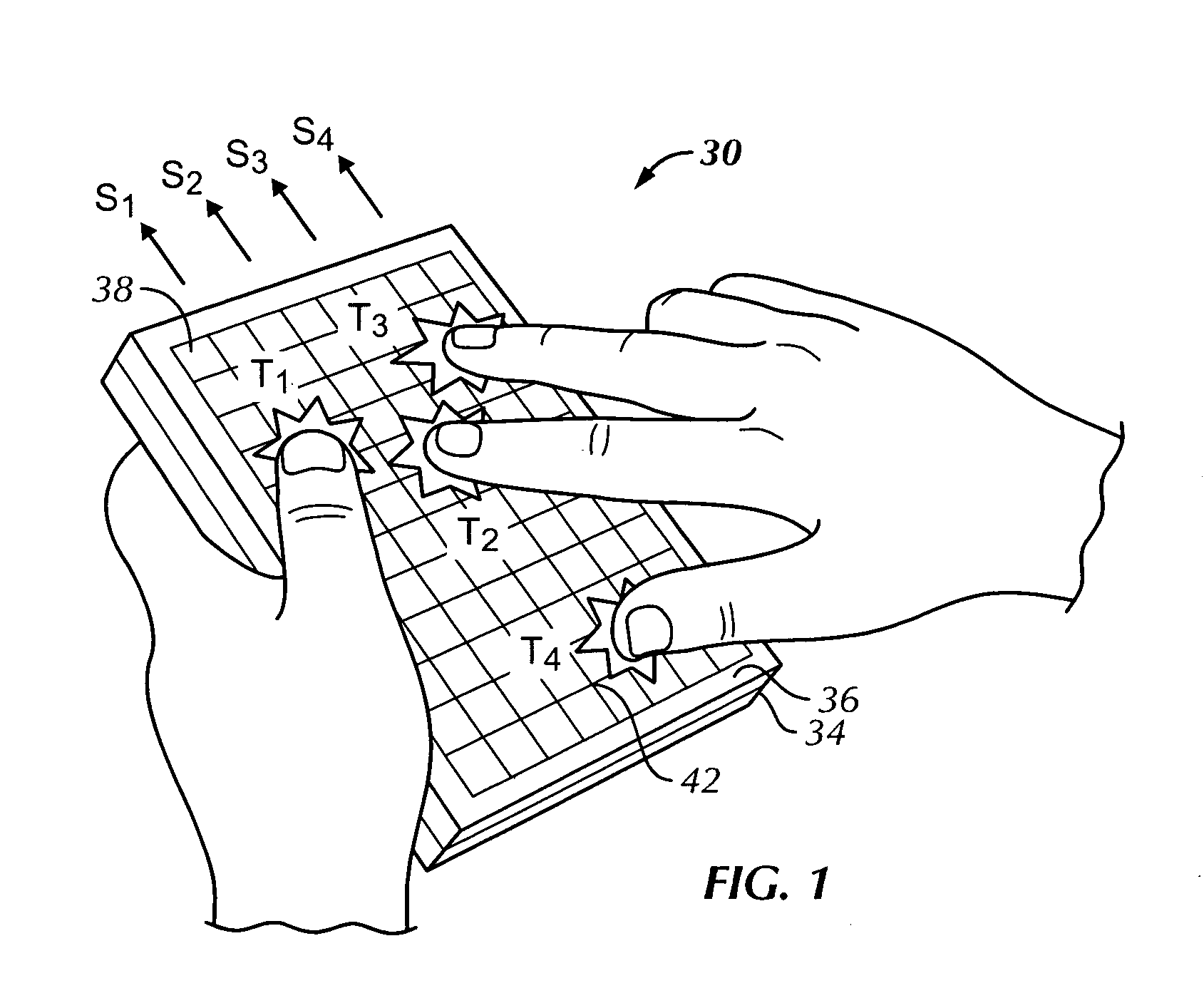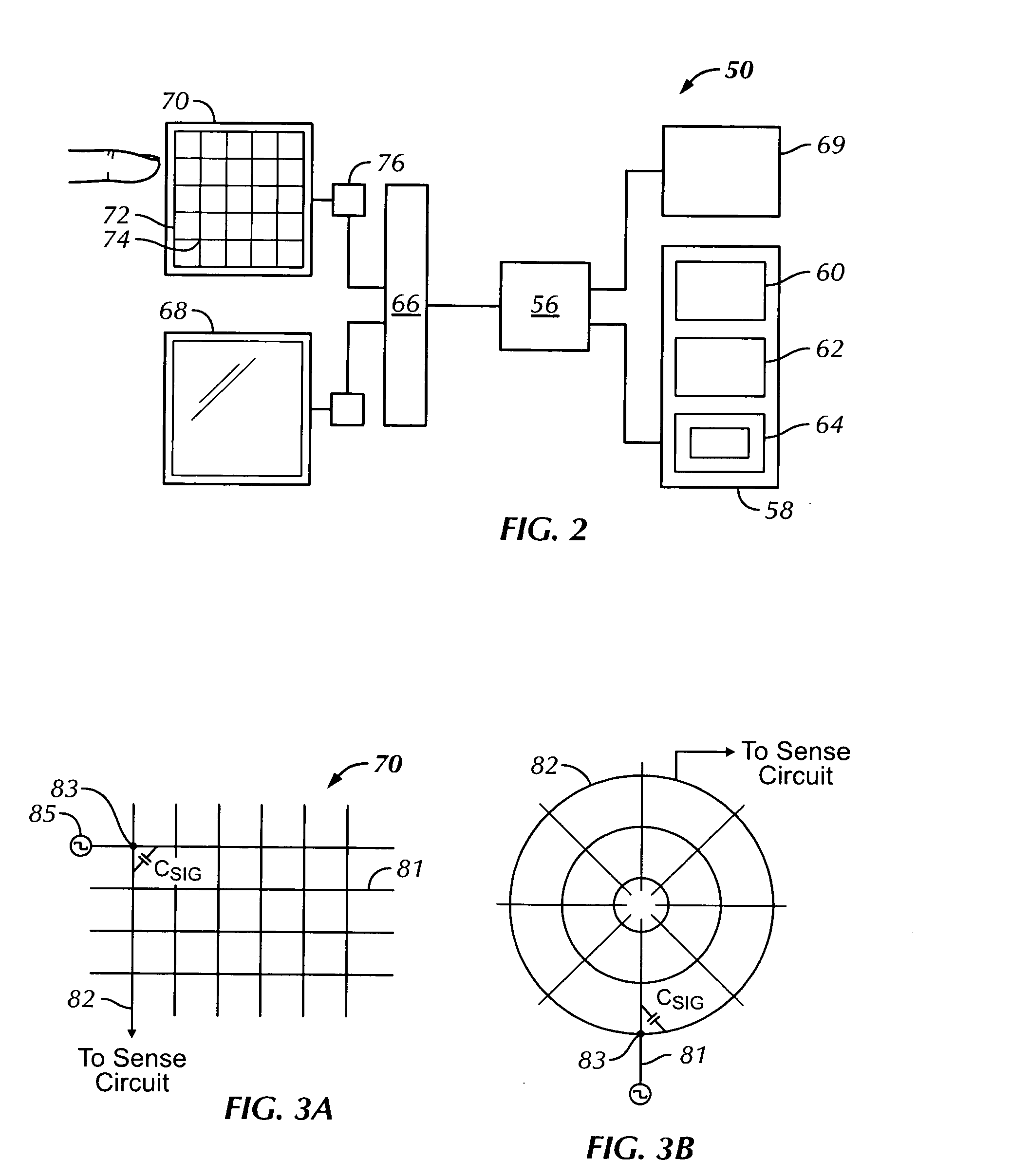Minimizing mismatch during compensation
a phase mismatch and compensation technology, applied in the field of electronic devices, can solve the problems of poor sensitivity in detecting dynamic changes in output signals, poor utilization of output dynamic range, and amplifiers that amplify both
- Summary
- Abstract
- Description
- Claims
- Application Information
AI Technical Summary
Benefits of technology
Problems solved by technology
Method used
Image
Examples
Embodiment Construction
[0036]In the following description of preferred embodiments, reference is made to the accompanying drawings which form a part hereof, and in which it is shown by way of illustration specific embodiments in which the invention may be practiced. It is to be understood that other embodiments may be utilized and structural changes may be made without departing from the scope of the present invention. Furthermore, although embodiments of the present invention are described herein in terms of devices and applications compatible with computer systems and devices manufactured by Apple Computer, Inc. of Cupertino, Calif., such embodiments are illustrative only and should not be considered limiting in any respect.
[0037]FIG. 1 is a perspective view of a touch screen display arrangement 30, which includes a display 34 and a transparent touch screen 36 positioned in front of display 34. Display 34 may be configured to display a graphical user interface (GUI) including perhaps a pointer or cursor...
PUM
 Login to View More
Login to View More Abstract
Description
Claims
Application Information
 Login to View More
Login to View More - R&D
- Intellectual Property
- Life Sciences
- Materials
- Tech Scout
- Unparalleled Data Quality
- Higher Quality Content
- 60% Fewer Hallucinations
Browse by: Latest US Patents, China's latest patents, Technical Efficacy Thesaurus, Application Domain, Technology Topic, Popular Technical Reports.
© 2025 PatSnap. All rights reserved.Legal|Privacy policy|Modern Slavery Act Transparency Statement|Sitemap|About US| Contact US: help@patsnap.com



